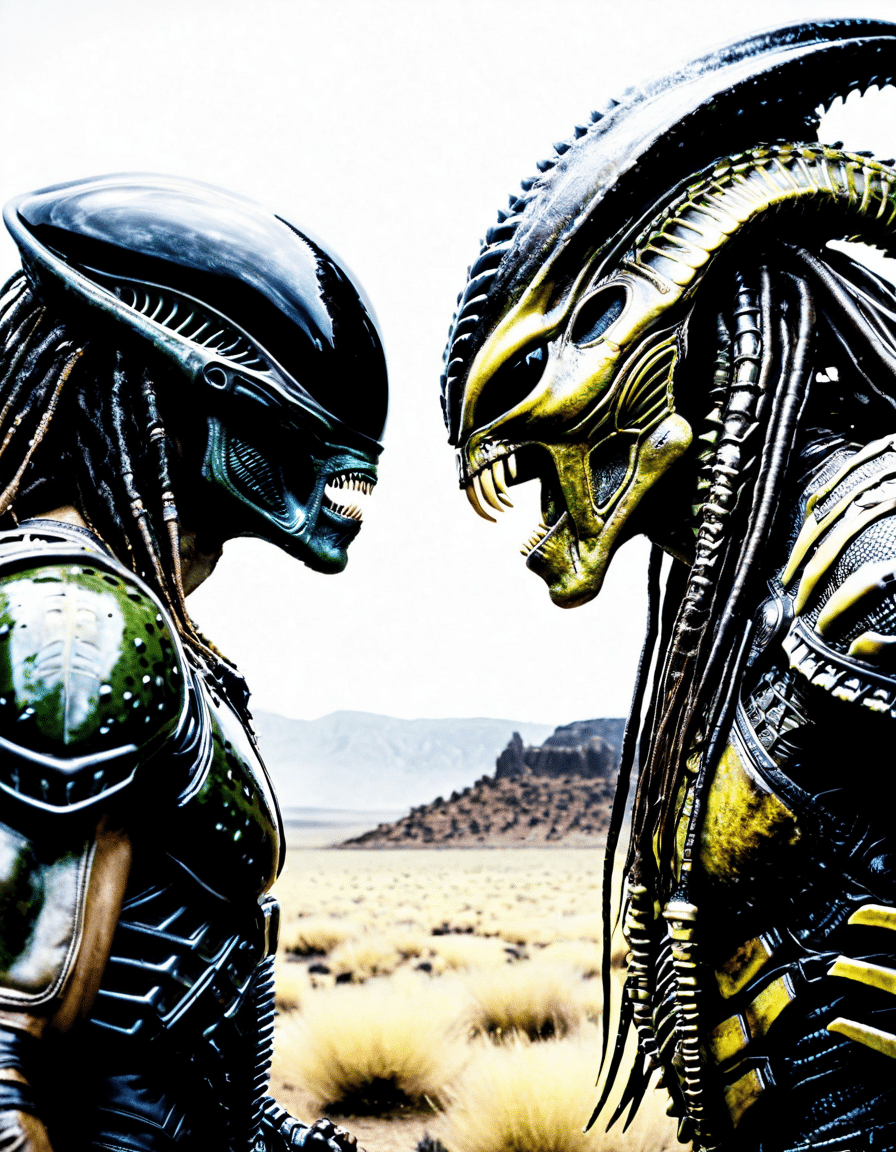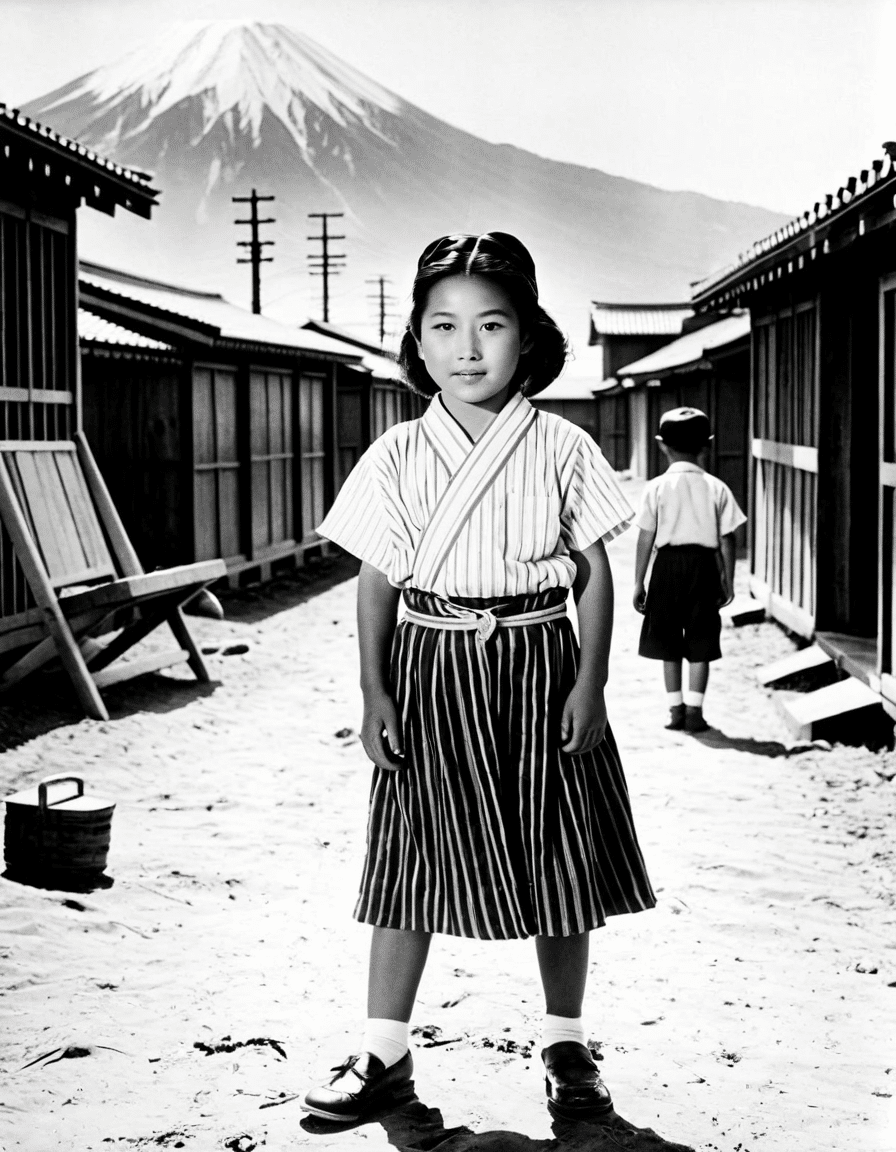“Empire of the Sun,” directed by the legendary Steven Spielberg and based on J.G. Ballard’s hauntingly beautiful semi-autobiographical novel, isn’t just a feast for the eyes; it’s a deep dive into the human spirit. Released in 1987, this film sets its story against the backdrop of World War II, chronicling the life of young Jim “Jamie” Graham, an English boy caught in the turmoil of a Japanese prison camp. It’s a heartfelt tale that reflects the profound themes of resilience, hope, and the painful loss of innocence, forging a connection that still resonates with viewers today. For movie aficionados, “Empire of the Sun” is essential viewing, influencing both filmmakers and storytellers across generations.

The Lasting Impact of Empire of the Sun
“Empire of the Sun” is more than just a cinematic experience; it’s an emotional odyssey that delves into the essence of childhood shattered by war. Spielberg’s adept storytelling pulls us into Jim’s world, allowing audiences to witness his transformation from a carefree boy to a survivor crushed by the weight of reality. The film’s poignant elements echo the enduring human spirit, proving that even amidst devastation, light can break through the darkness.
Interestingly, while “Empire of the Sun” found a certain detachment at its initial box office release, it has since grown into a cult classic. Today, the impact it’s had on modern cinema is undeniable. Filmmakers like Sam Mendes, known for “1917,” often cite Spielberg’s visual storytelling techniques and emotional depth as significant influences. Much like how “The Prince of Egypt” uses animation to explore deep themes of faith and destiny, “Empire of the Sun” employs stark realism to highlight personal agency in the direst conditions.
It’s crucial to remember that “Empire of the Sun” isn’t just about survival; it’s also an exploration of childhood innocence lost to the chaos of war. Jim’s journey showcases the major theme of hope against despair, which resonates with themes unfold in films such as “Life is Beautiful.” The emotional experience Spielberg delivers serves as a timeless reminder that our stories are often interwoven with survival and humanity, even in our direst moments.

Top 5 Themes Explored in Empire of the Sun
1. Coming of Age in Crisis
One of the most striking elements of “Empire of the Sun” is Jim’s transition from an innocent boy to a hardened survivor. This metamorphosis is a central pillar of the narrative. We see a parallel to “The Prince of Egypt,” where characters must grapple with monumental challenges that spur rapid maturation. However, Jim’s story leans heavily into his personal agency amid a chaotic world.
2. The Harsh Realities of War
“Empire of the Sun” doesn’t shy away from the brutal truths of war. Through vivid imagery and stark storytelling, Spielberg contrasts the joys of childhood with the brutalities of conflict. Much like “Schindler’s List,” which illustrates the similar brutality paired with humanity’s resilience, this film shapes viewers’ emotional responses, reminding us of the horrors that accompany wartime.
3. Hope Amidst Despair
At the heart of Jim’s journey lies an indomitable spirit of hope. Despite the desperate circumstances of starvation, isolation, and uncertainty, Jim’s ability to find joy mirrors themes found in “Life is Beautiful.” Here, humor and love become tools for survival, offering a profound exploration of hope as an active choice rather than a passive acceptance.
4. Lost & Found Relationships
The dynamic between Jim and Basie (portrayed by John Malkovich) underscores the film’s exploration of relationships shaped by crisis. Their interactions reflect the duality of trust and betrayal, much like the familial bonds illustrated in “The Prince of Egypt.” This tense relationship showcases the complexities of human connections amid the impending doom of war.
5. Cultural Clash and Identity
Finally, “Empire of the Sun” serves up a significant reflection on identity. The film tackles the cultural clash between the oppressor and the oppressed, similar to what is depicted in “Hotel Rwanda.” It invites audiences to consider how individuals navigate their identities amid chaos, touching on broader implications of nationalism, survival, and the profound effects of conflict.
Cinematic Techniques: A Deep Dive
Explore Spielberg’s artistry in “Empire of the Sun,” and you’ll find an innovative use of cinematic techniques that enrich this historical narrative. His handling of color is particularly striking; early scenes teem with bright hues reflecting the playful innocence of childhood. As Jim encounters the grim realities of war, these colors shift to muted tones, symbolizing a loss of that innocence.
Additionally, Spielberg’s camera work becomes increasingly intimate as Jim endures the war’s harsh realities. These choices invite audiences into Jim’s world, making us participants in his emotional journey. This craftsmanship draws a direct line to modern filmmaking, where directors like Mendes echo Spielberg’s style to create visceral war experiences, enhancing narrative depth and viewer engagement.
Empire of the Sun’s Legacy and Influence
Upon its release, “Empire of the Sun” garnered critical acclaim but didn’t initially break box office records. Over time, however, it developed a devoted following, showcasing its impact on future filmmakers. Its storytelling methods and emotional depth have influenced many modern cinematic tales, including “1917,” which tackles the visceral experience of war similarly.
Moreover, “Empire of the Sun” has emerged as a key educational tool. It often appears in discussions surrounding childhood experiences in wartime, signifying the film’s role in shaping our understanding of sensitive historical narratives. Such cinematic works not only entertain but also enrich our perspectives and challenge us to reconsider how we conceptualize trauma and hope in storytelling.
The Heartbeat of Empire of the Sun
At its core, “Empire of the Sun” is a poignant exploration of resilience woven into the very fabric of the human experience. Jim’s incredible journey challenges us to define our understanding of hope, identity, and the stark realities shaping our lives. Even in today’s chaotic world, the themes this classic film presents resonate louder than ever, reminding us of the unyielding human spirit.
As audiences delve into “Empire of the Sun,” they embark on an artistic adventure that delves deep into survival and the inherent drive to thrive even amidst chaos. This film transcends time, bridging the gap between personal and collective experiences. Ultimately, it leaves us pondering what it truly means to rise against all odds.
In the end, “Empire of the Sun” encapsulates storytelling’s power, creating a timeless narrative that speaks to the core of humanity. As viewers, we can’t help but become part of Jim’s heart-wrenching quest—one that calls us to reflect on ourselves and the countless stories deserving of acknowledgment.
Empire of the Sun: The Heartfelt Journey Behind the Scenes
A Film Like No Other
“Empire of the Sun,” directed by Steven Spielberg, is a poignant adaptation of J.G. Ballard’s semi-autobiographical novel. This cinematic gem grabs audiences right from the start, showcasing the innocence of a young boy amidst the backdrop of World War II. What many don’t know is that the film represents a monumental moment in Spielberg’s career, earning him significant acclaim and solidifying his reputation as a master filmmaker. Fun fact: The score by John Williams is so iconic it often finds its way into many discussions about memorable soundtracks, including those reminiscent of twilight 3.
As the story evolves, the film’s depiction of survival and the loss of childhood really strikes a chord, especially when you recognize that some scenes were inspired by real-life events. The film was shot on location in China, where the team faced unpredictable weather and location challenges. Interestingly, these challenges echo the intrigue of captivating episodes like island Of The dead episode 2, which also highlights characters facing trials in unexpected environments.
Unexpected Connections
Beyond the gripping narrative, “Empire of the Sun” showcases an array of fascinating trivia. For instance, did you know that Christian Bale, who portrays Jim “Jamie” Graham, was just 13 years old when he filmed this role? His remarkable performance paved the way for a successful career, leading him to take on diverse roles, including those that might make you want to watch fifty shades Of grey. Speaking of memorable performances, Jim’s relationship with Basie, played by John Malkovich, often reflects the complexity of human connections seen in various genres, similarly evident in game shows like deal or no deal, where players gamble on trust and luck.
Moreover, throughout the making of “Empire of the Sun,” there was an air of camaraderie amongst the cast and crew, akin to early collaborations of musicians. Al Stewart, known for his storytelling in music, might’ve appreciated the depth found in the film’s narrative. Like a good tune, the film strikes several emotional chords, often keeping audience members on the edge of their seats. This emotional journey could be paralleled to the exploring of intricate themes in modern cinema that also highlight sexy Women as strong, complex characters taking charge of their narratives.
The Impact of “Empire of the Sun”
“Empire of the Sun” remains a testament to Spielberg’s ability to craft a story that resonates across generations. The film’s visuals, coupled with a powerful musical score, create an experience that translates the fear and wonder of a child thrust into chaos. In the same vein, it’s fascinating how its themes can shift perceptions, much like currency fluctuations—what was once 1 billion won To Usd now reflects different cultural values and exchanges. Just as the film captures the essence of a turbulent period, R. Kelly’s music, though controversial, also mirrors profound emotional experiences, showcasing how art can intertwine with storytelling.
As audiences reminisce about the poignant imagery and stirring narrative of “Empire of the Sun”, they’re reminded of the fragility and strength of youth. It’s a powerful journey that elevates drama, much like the diverse storytelling seen across other forms of media, encapsulating that sense of humanity’s enduring spirit against the odds. So next time you revisit this cinematic classic, keep an eye out for these facts and connections – they might just deepen your appreciation for this unforgettable story!





